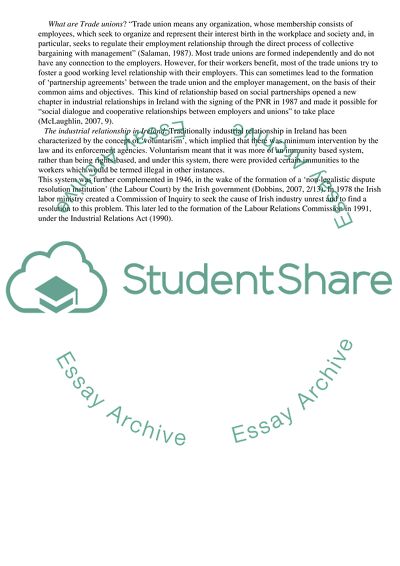Cite this document
(Industrial Relations Term Paper Example | Topics and Well Written Essays - 2500 words, n.d.)
Industrial Relations Term Paper Example | Topics and Well Written Essays - 2500 words. Retrieved from https://studentshare.org/business/1743840-industrial-relations-are-trade-unions-a-thing-of-the-past-to-be-consgned-to-history-or-are-they-relevant-to-the-employment-relationship-today
Industrial Relations Term Paper Example | Topics and Well Written Essays - 2500 words. Retrieved from https://studentshare.org/business/1743840-industrial-relations-are-trade-unions-a-thing-of-the-past-to-be-consgned-to-history-or-are-they-relevant-to-the-employment-relationship-today
(Industrial Relations Term Paper Example | Topics and Well Written Essays - 2500 Words)
Industrial Relations Term Paper Example | Topics and Well Written Essays - 2500 Words. https://studentshare.org/business/1743840-industrial-relations-are-trade-unions-a-thing-of-the-past-to-be-consgned-to-history-or-are-they-relevant-to-the-employment-relationship-today.
Industrial Relations Term Paper Example | Topics and Well Written Essays - 2500 Words. https://studentshare.org/business/1743840-industrial-relations-are-trade-unions-a-thing-of-the-past-to-be-consgned-to-history-or-are-they-relevant-to-the-employment-relationship-today.
“Industrial Relations Term Paper Example | Topics and Well Written Essays - 2500 Words”, n.d. https://studentshare.org/business/1743840-industrial-relations-are-trade-unions-a-thing-of-the-past-to-be-consgned-to-history-or-are-they-relevant-to-the-employment-relationship-today.


